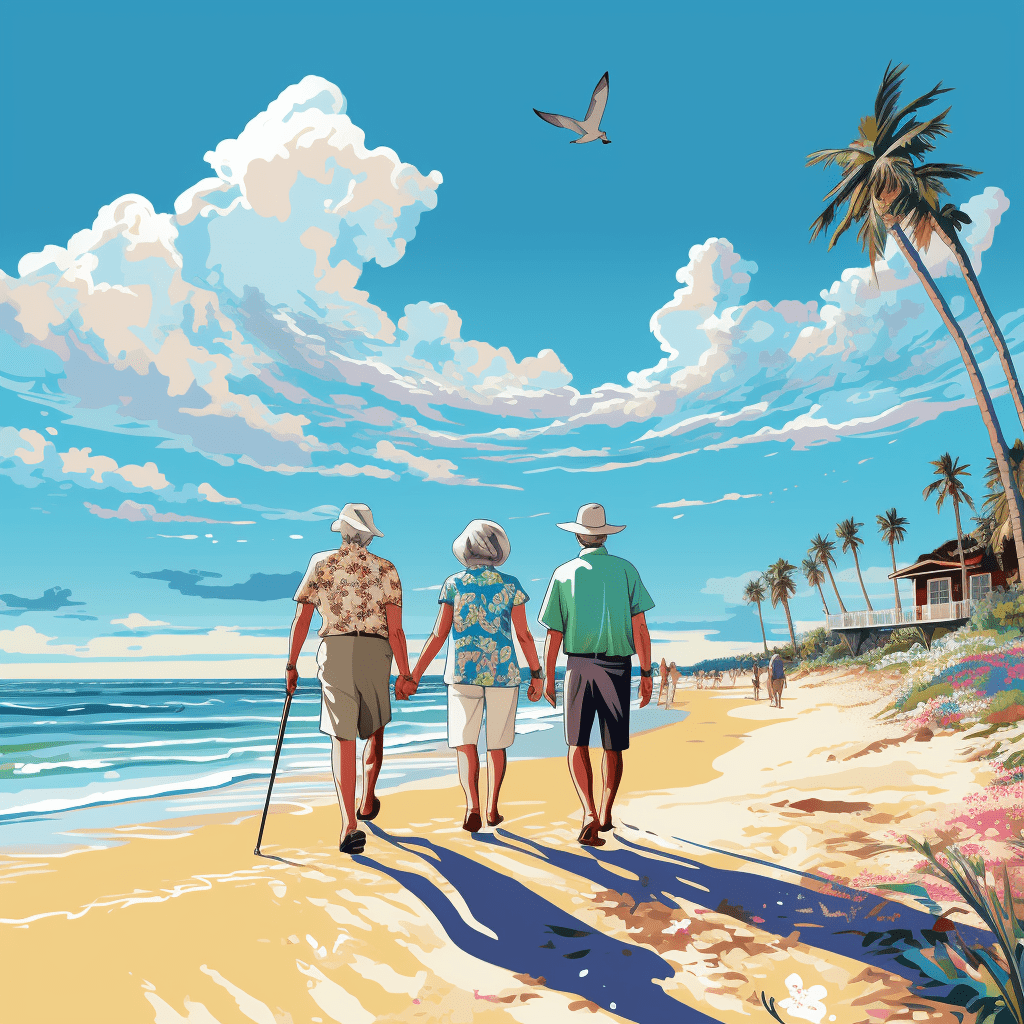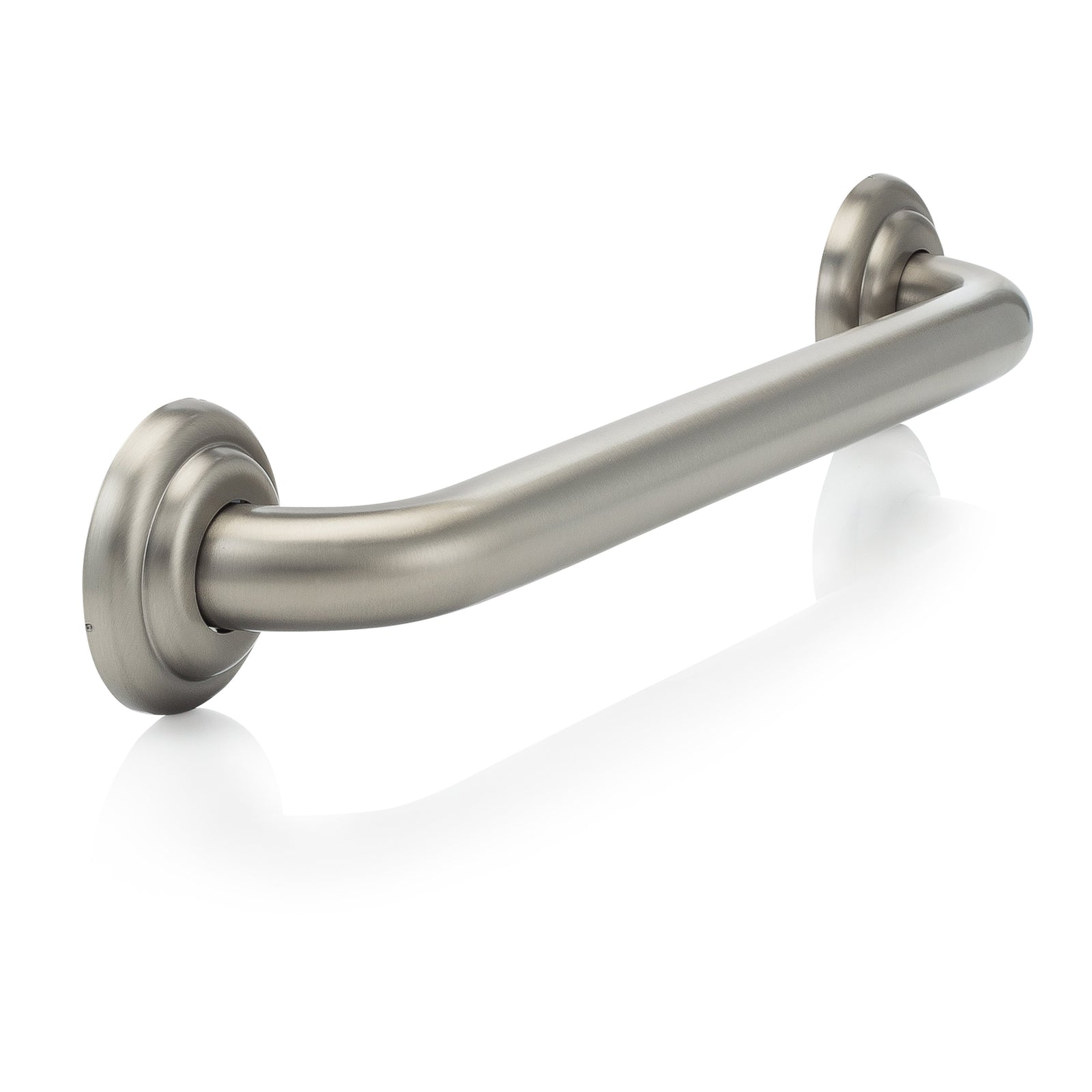As our loved ones age, we naturally want to ensure that they are comfortable, happy, and safe in their own homes. Unfortunately, as seniors become more vulnerable to falls, accidents, and health issues, home safety often gets overlooked. This can put them at risk for serious injury or worse. That's why it's crucial to make home safety for seniors a top priority.

By taking proactive measures, such as installing grab bars, removing tripping hazards, and ensuring adequate lighting, we can help prevent accidents and promote independence and peace of mind. In this article, we'll explore the importance of home safety for seniors and provide practical tips for creating a safe and secure living environment. So whether you're a caregiver, family member, or senior yourself, read on to learn why home safety should be a top priority.
Statistics on Home Safety for Seniors
Home safety is a critical issue for seniors, as they are more likely to experience accidents and injuries at home than any other age group. In fact, according to the Centers for Disease Control and Prevention (CDC), every year, one in four Americans aged 65 and older falls, and falls are the leading cause of fatal and non-fatal injuries among seniors. Moreover, falls account for over 90% of hip fractures and are the most common cause of traumatic brain injuries (TBI) among older adults. Given these statistics, it's clear that home safety is a critical issue for seniors and their families.
Risks of Unsafe Homes for Seniors
An unsafe home can pose many risks to seniors, including falls, burns, poisoning, and other types of accidents. Falls are especially dangerous for seniors, as they can lead to serious injuries such as hip fractures, head trauma, and even death. Additionally, seniors are more likely to suffer from chronic conditions such as osteoporosis, which can make falls even more dangerous. Burns and scalds are also common among seniors, as their skin is more sensitive and they may not be able to react quickly enough to avoid hot surfaces or liquids. Poisoning is another risk, as seniors may accidentally ingest medications or household chemicals that are toxic.
Common Home Safety Hazards for Seniors
There are many hazards in the home that can pose risks to seniors. Some of the most common include:
Tripping Hazards
Tripping hazards are a major cause of falls among seniors. These can include loose rugs, cluttered floors, and uneven surfaces. To reduce the risk of tripping, it's important to remove any items that could cause a fall, such as small area rugs or electrical cords.
Poor Lighting
Poor lighting can make it difficult for seniors to navigate their homes safely, especially at night. To improve lighting, consider installing brighter bulbs or adding additional light fixtures in areas such as hallways and stairwells.
Slippery Surfaces
Slippery surfaces, such as wet floors or tubs, can also pose a significant risk to seniors. To prevent slips and falls, consider installing non-slip mats or strips in the bathroom and other areas where water may accumulate.
Lack of Handrails
Handrails can provide much-needed support for seniors as they move around their homes. Make sure that all staircases, hallways, and other areas where falls are likely are equipped with sturdy handrails.
Inadequate Bathroom Safety Features
Bathrooms are one of the most dangerous areas of the home for seniors, as they are often wet and slippery. To improve bathroom safety, consider installing grab bars near the toilet and shower, as well as a non-slip bath mat.
How to Make a Home Safe for Seniors
Making a home safe for seniors can be a daunting task, but it's essential for their well-being. Here are some practical tips for creating a safe and secure living environment:
Conduct a Home Safety Assessment
The first step in making a home safe for seniors is to conduct a home safety assessment. This involves identifying potential hazards and taking steps to correct them. A professional home safety assessment can be helpful, but family members can also conduct their own assessments by looking for common hazards such as tripping hazards, poor lighting, and slippery surfaces.
Remove Tripping Hazards
Tripping hazards are a leading cause of falls among seniors, so it's important to remove any items that could cause a fall. This may include small area rugs, electrical cords, and cluttered floors.
Improve Lighting
Good lighting is essential for seniors to navigate their homes safely. Consider installing brighter bulbs or additional light fixtures in areas such as hallways and stairwells.
Install Handrails
Handrails can provide much-needed support for seniors as they move around their homes. Make sure that all staircases, hallways, and other areas where falls are likely are equipped with sturdy handrails.
Use Non-Slip Mats
Slippery surfaces, such as wet floors or tubs, can pose a significant risk to seniors. To prevent slips and falls, consider installing non-slip mats or strips in the bathroom and other areas where water may accumulate.
Install Grab Bars
Grab bars can be a valuable safety feature in the bathroom and other areas where seniors may need extra support. Make sure that grab bars are installed securely and can support the weight of the senior.
Use Assistive Devices
Assistive devices, such as walkers and canes, can provide added stability for seniors as they move around their homes. Make sure that these devices are properly fitted and used correctly.
Essential Safety Features for Senior Homes
In addition to the tips above, there are several essential safety features that every senior home should have. These include:
Smoke Detectors
Smoke detectors are essential for detecting fires and alerting seniors to the danger. Make sure that smoke detectors are installed on every floor of the home and that they are tested regularly.
Carbon Monoxide Detectors
Carbon monoxide is a colorless, odorless gas that can be deadly if not detected. Carbon monoxide detectors are essential for detecting this gas and alerting seniors to the danger.
Emergency Alert Systems
Emergency alert systems can be a valuable tool for seniors who may need help quickly in an emergency. These systems typically include a button that the senior can press to call for help.
Medication Management Systems
Seniors may take multiple medications, which can be confusing and difficult to manage. Medication management systems can help seniors keep track of their medications and ensure that they are taken correctly.
Tools and Devices for Senior Home Safety
There are many tools and devices available that can help promote home safety for seniors. Here are a few examples:
Stair Lifts
Stair lifts can be a valuable tool for seniors who have difficulty climbing stairs. These devices can be installed on staircases to provide a safe and secure ride up and down the stairs.
Walk-In Tubs
Walk-in tubs are designed to make it easier for seniors to bathe safely. These tubs typically have a door that opens and closes, allowing seniors to enter and exit the tub without having to step over a high tub wall.
Medical Alert Systems
Medical alert systems can be a valuable tool for seniors who may need help quickly in an emergency. These systems typically include a button that the senior can press to call for help.
Motion-Sensing Lights
Motion-sensing lights can be helpful in areas such as hallways and stairwells, where seniors may need extra lighting to navigate safely.
Seeking Professional Help for Senior Home Safety
If you're unsure where to start when it comes to creating a safe and secure living environment for a senior loved one, consider seeking professional help. A home safety assessment by a professional can identify potential hazards and provide recommendations for improving safety. Additionally, occupational therapists can provide training and guidance for seniors who may need assistance with activities of daily living.
Home Safety for Seniors on a Budget
Creating a safe and secure living environment for a senior loved one doesn't have to be expensive. There are many low-cost or no-cost measures that can be taken to improve home safety, such as removing tripping hazards, improving lighting, and using non-slip mats. Additionally, many local organizations and government agencies offer free or low-cost home safety assessments and installations of safety features.
Conclusion
Home safety for seniors should be a top priority for caregivers, family members, and seniors themselves. By taking proactive measures to create a safe and secure living environment, we can help prevent accidents and promote independence and peace of mind. Whether it's removing tripping hazards, installing grab bars, or using assistive devices, there are many practical tips and tools available to promote home safety for seniors. So don't wait - take action today to ensure that your loved one's home is a safe and secure place to live.














Leave a comment (all fields required)